Research Indicates Why It Is Important For Kids To Learn How To Write In Cursive

Thanks to the discovery of neuroplasticity we now know that groups of neurons in the brain create new connections and pathways among themselves every time we acquire a new skill. Before we discard cursive handwriting as no longer necessary we need to examine what research is indicating regarding cursive and the affect it has on the brain.
Dr. Frank R. Wilson, a leading neurologist, published a remarkable book which was nominated for a Pulitzer prize, The Hand: How its Use Shapes the Brain, Language and Human Culture (New York: Pantheon Books, 1998) He describes in detail the pivotal role of hand movements in particular in the development of thinking and language capacities, and in developing deep feelings of confidence and interest in the world-all-together, “the essential prerequisites for the emergence of the capable and caring individual.” He explains that although the repetitive drills that are necessary for cursive handwriting lessons seem outdated, such physical instruction will help students to succeed. He says you can’t separate what’s in the mind from what’s in the body and that teachers should not try to “educate the mind by itself or much of the knowledge will be poorly processed and inadequately learned.”
Karen Harman-James, assistant professor psychology and neuroscience at Indiana University conducted research using handwriting and keyboarding and MRI scans of children’s brains. Her research which was conducted in 2012 revealed that in the children who had practiced printing by hand, the neural activity was far more enhanced and “adult like” than in those who had simply looked at the letter. She said that, “It seems that there is something really important about manually manipulating and drawing out two dimensional things we see all the time.”
Virginia Berninger, a professor of educational psychology at the University of Washington in Seattle asserts that handwriting has a value beyond its basic utilitarian one. She says the physical process of making letters by hand more powerfully embeds written-language- making skills in children’s brains than pressing keys does.
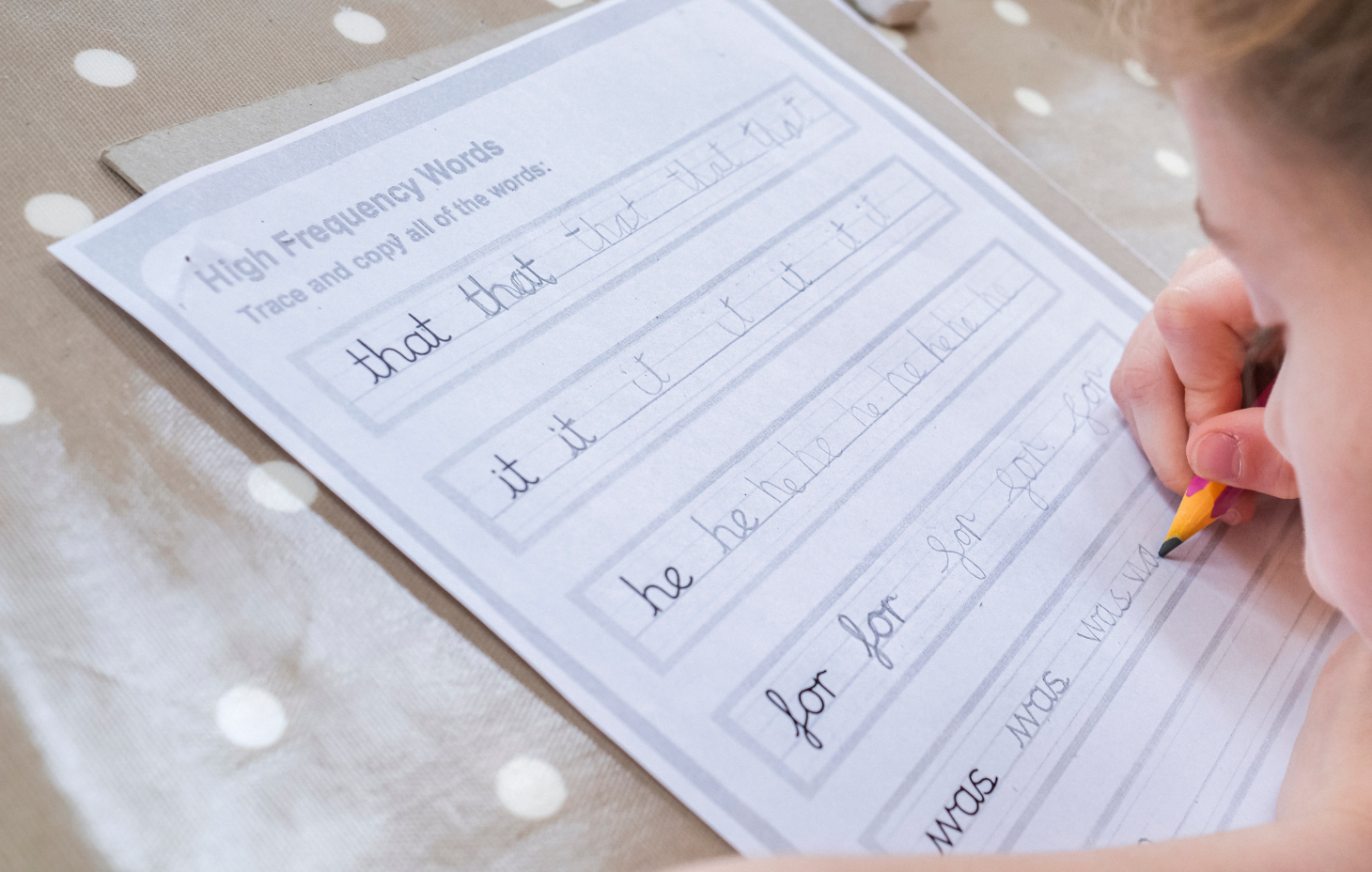
R. Shadmehr and H. Holcomb or John Hopkins University published a study in Science Magazine showing that their subject’s brains actually changed in reaction to physical instruction such as cursive handwriting lessons. The researchers provided PET scans as evidence of these changes in brain structure. Further, they also demonstrated that these changes resulted in “an almost immediate improvement in fluency”, which led to later development of neural pathways. As a result of practicing motor skills, the researchers found that knowledge becomes more stable.
I have not found any research on how keyboarding affects the brain but it is equally important to understand it's affect on the brain and the learning process. Especially if it is to be the basic form of future writing.
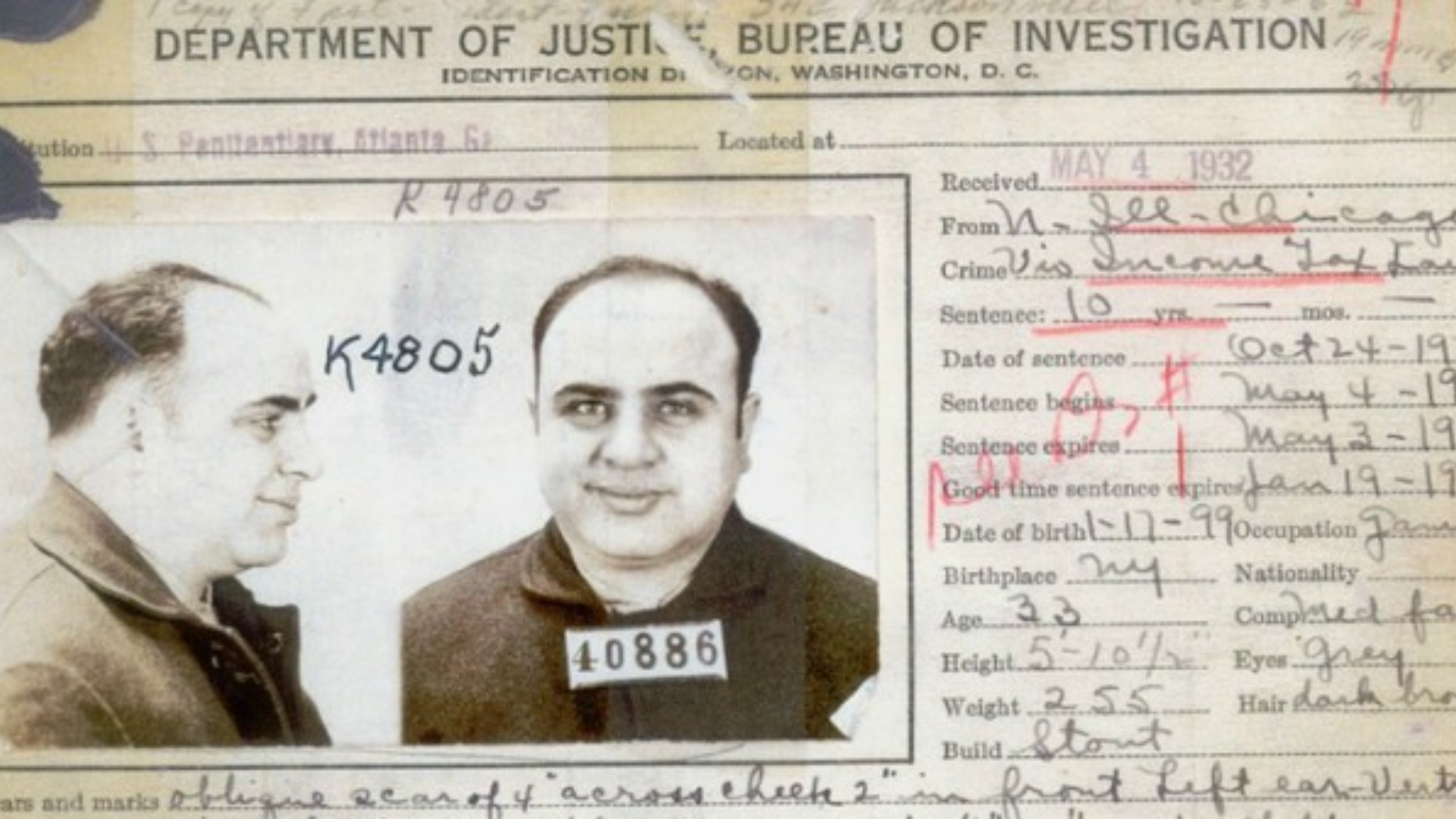
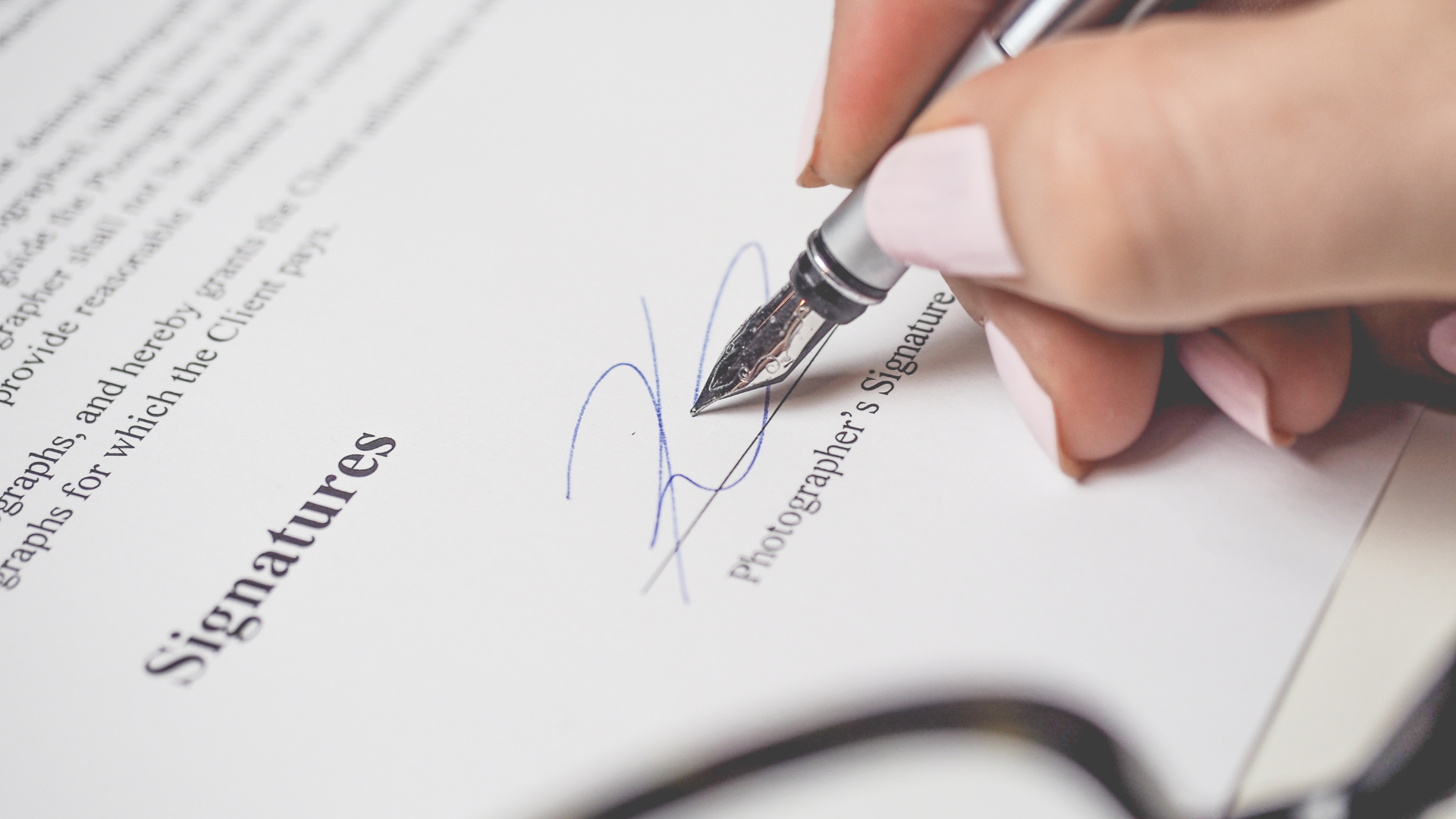


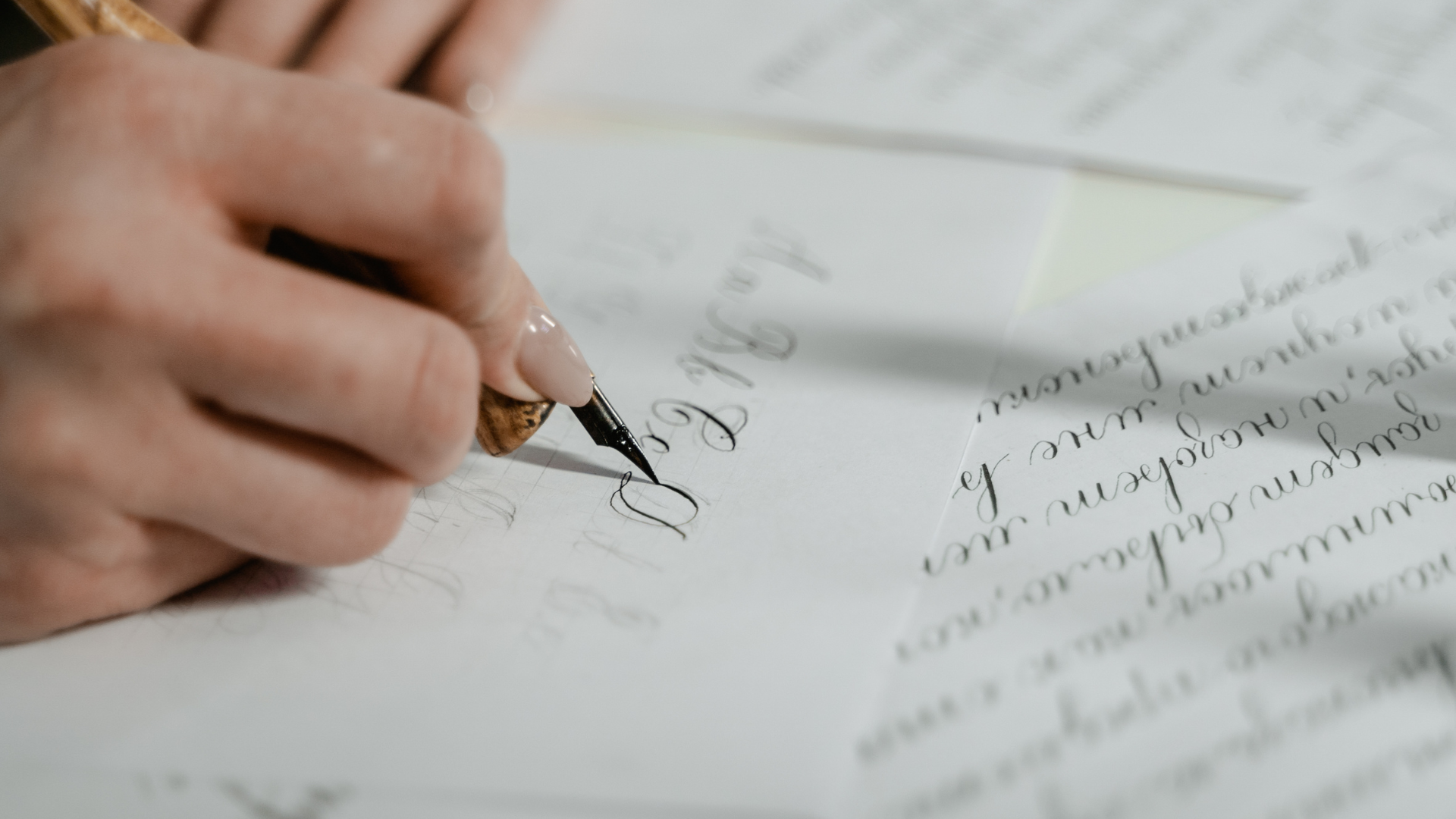
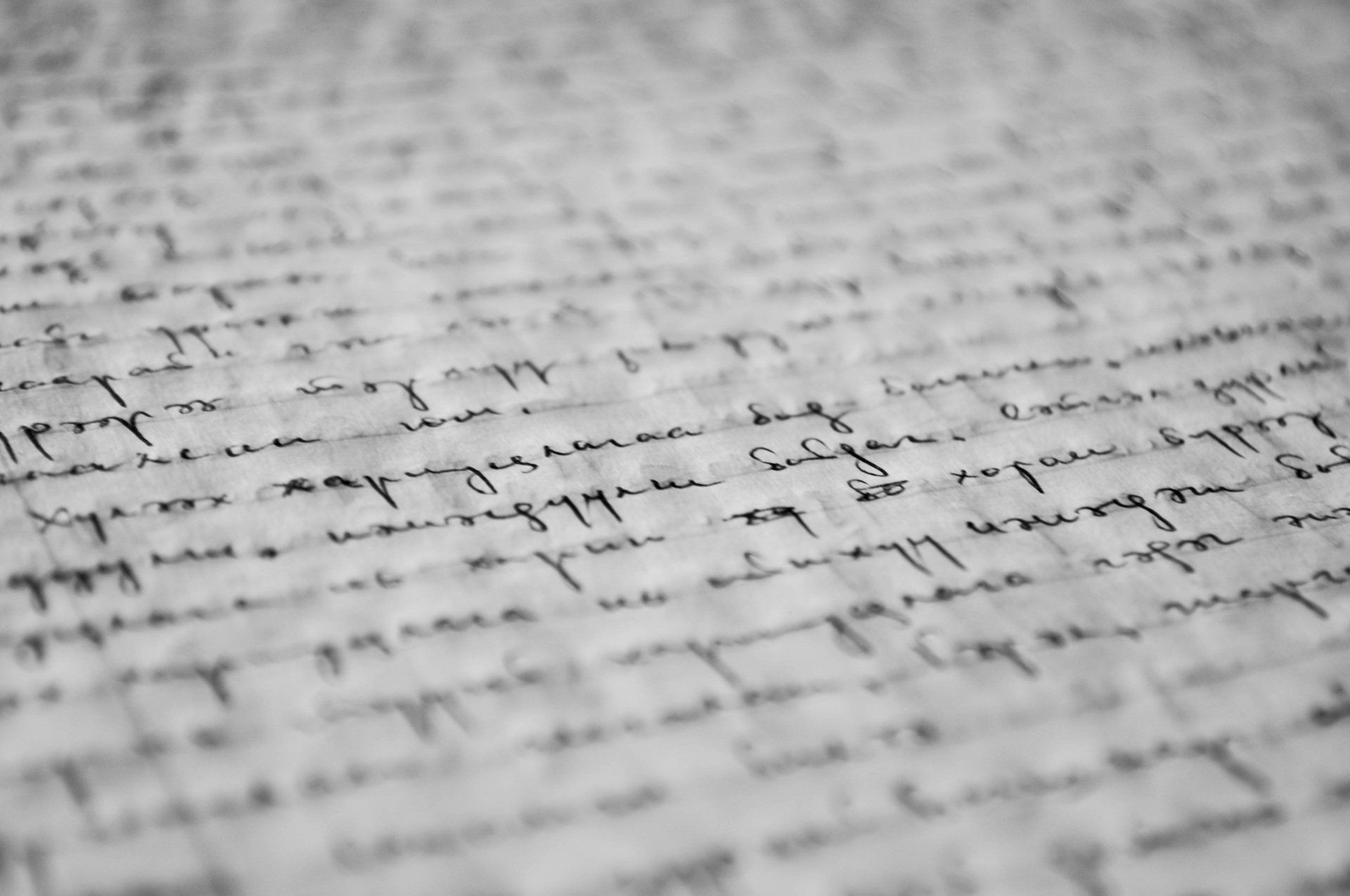


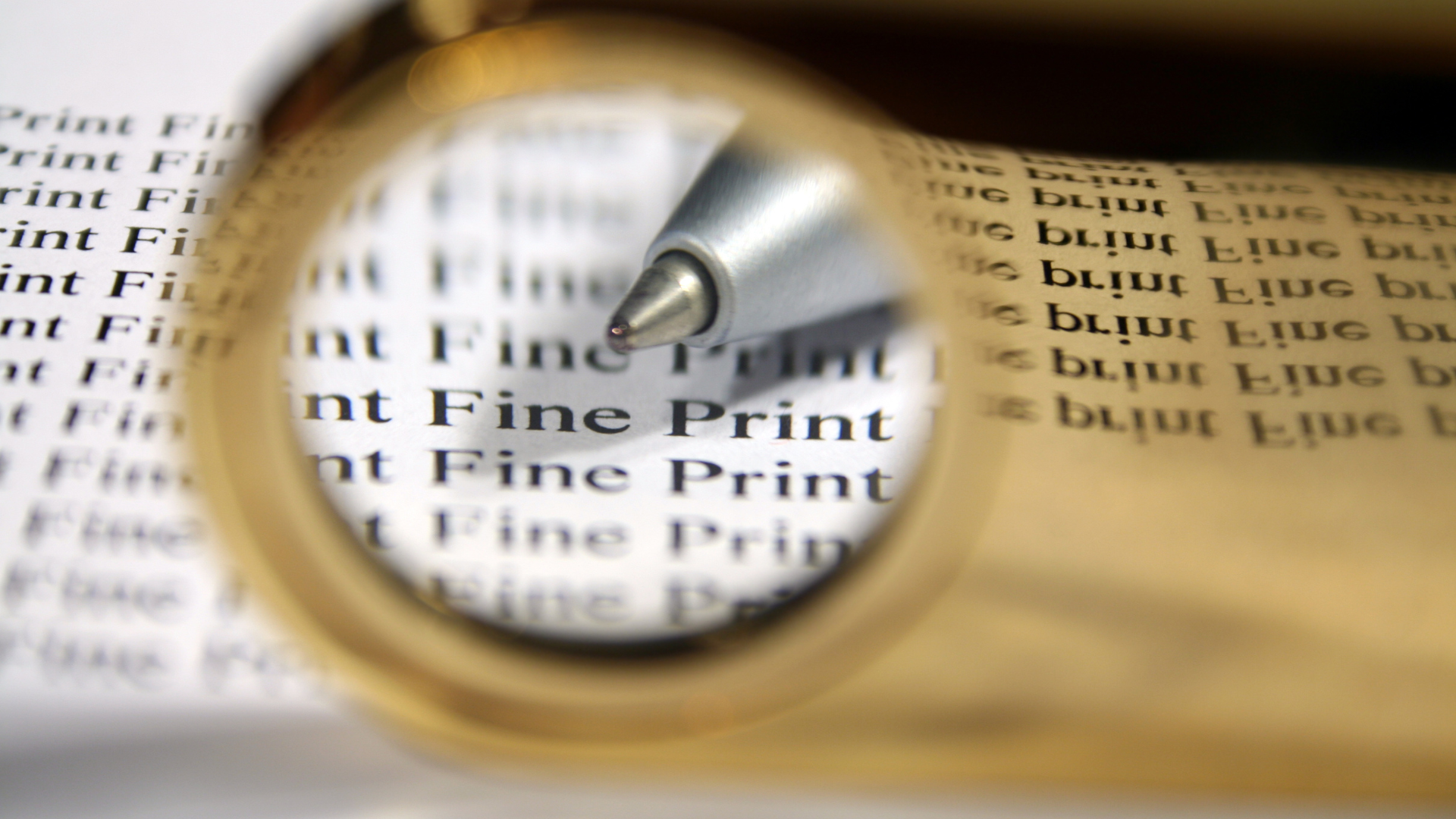
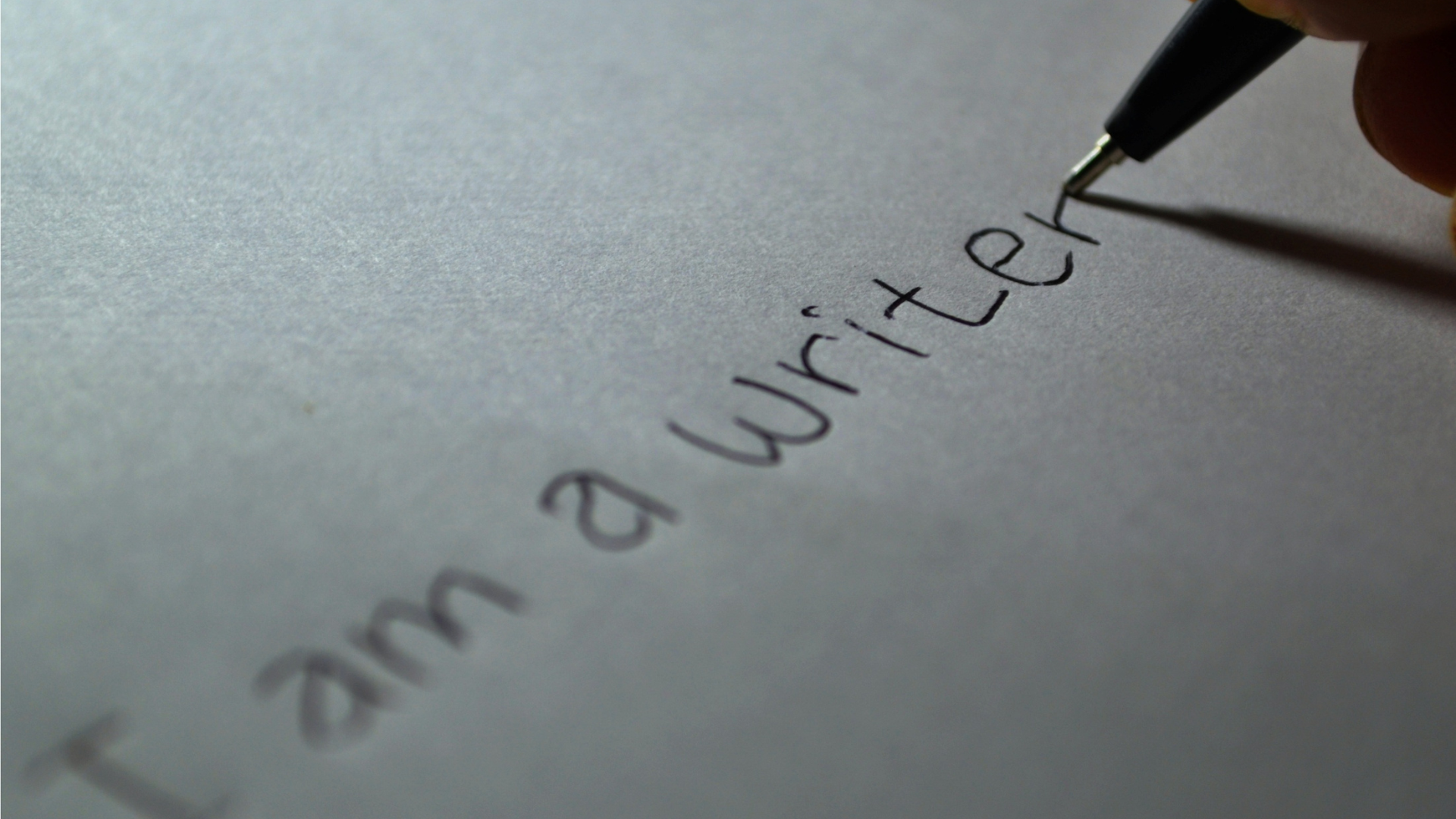
All Rights Reserved | Illinois Forensic Handwriting Experts

